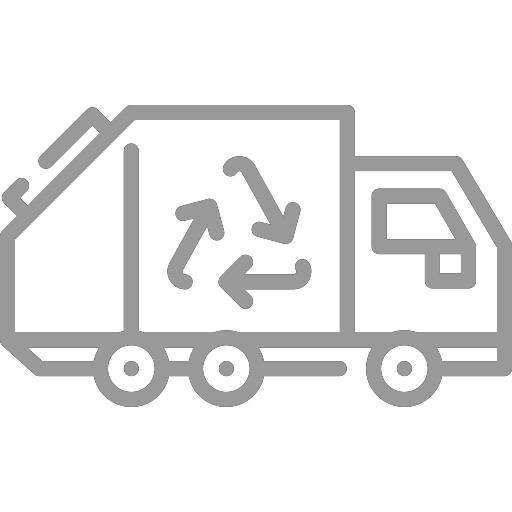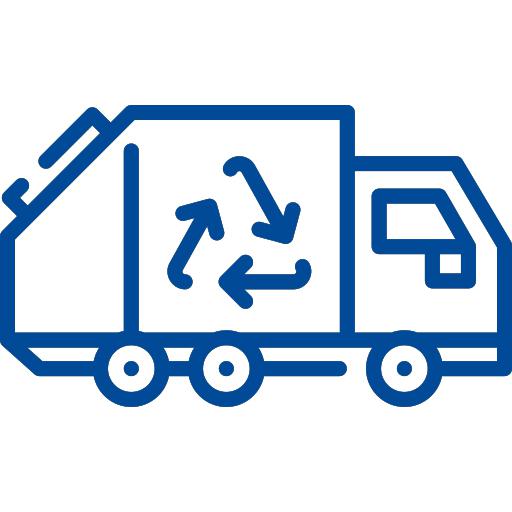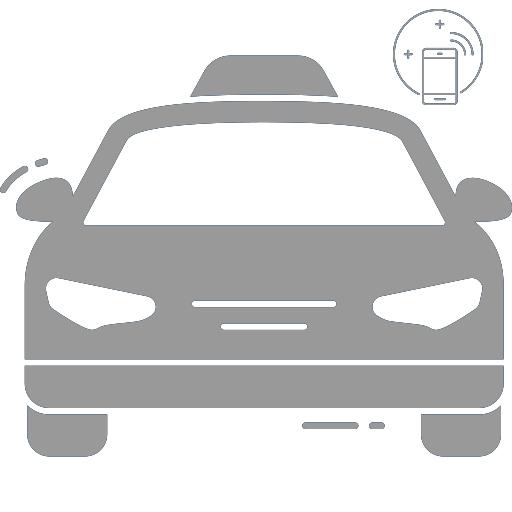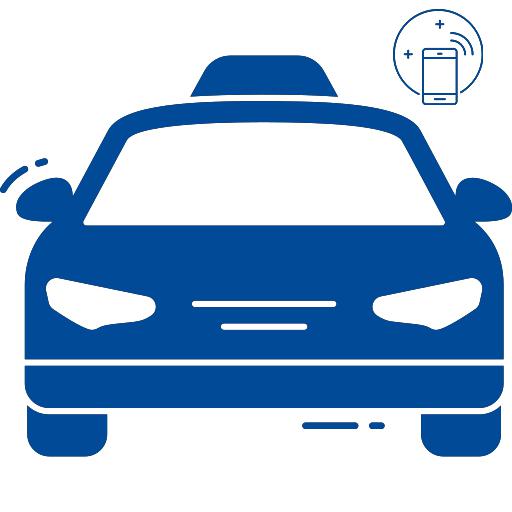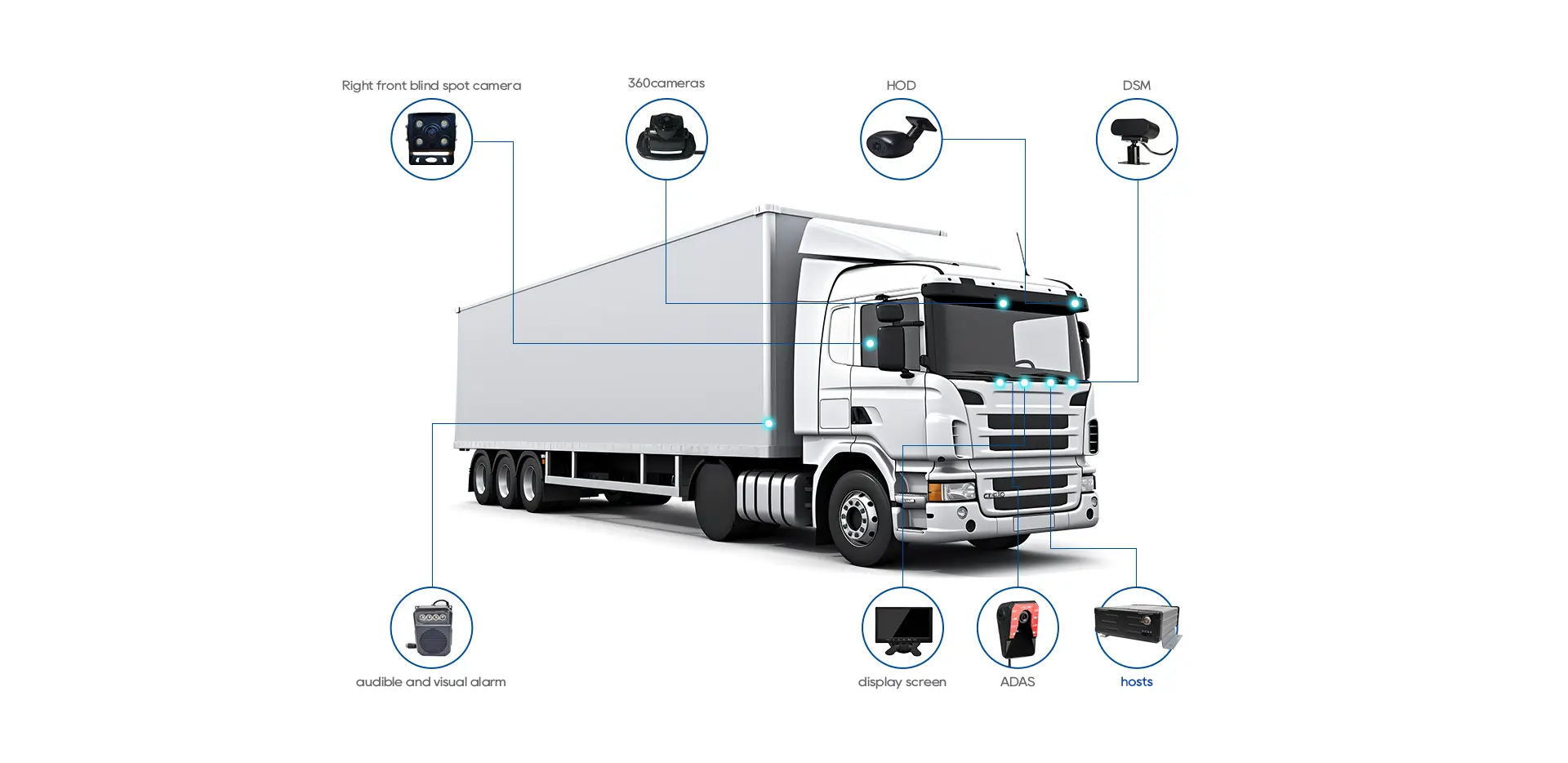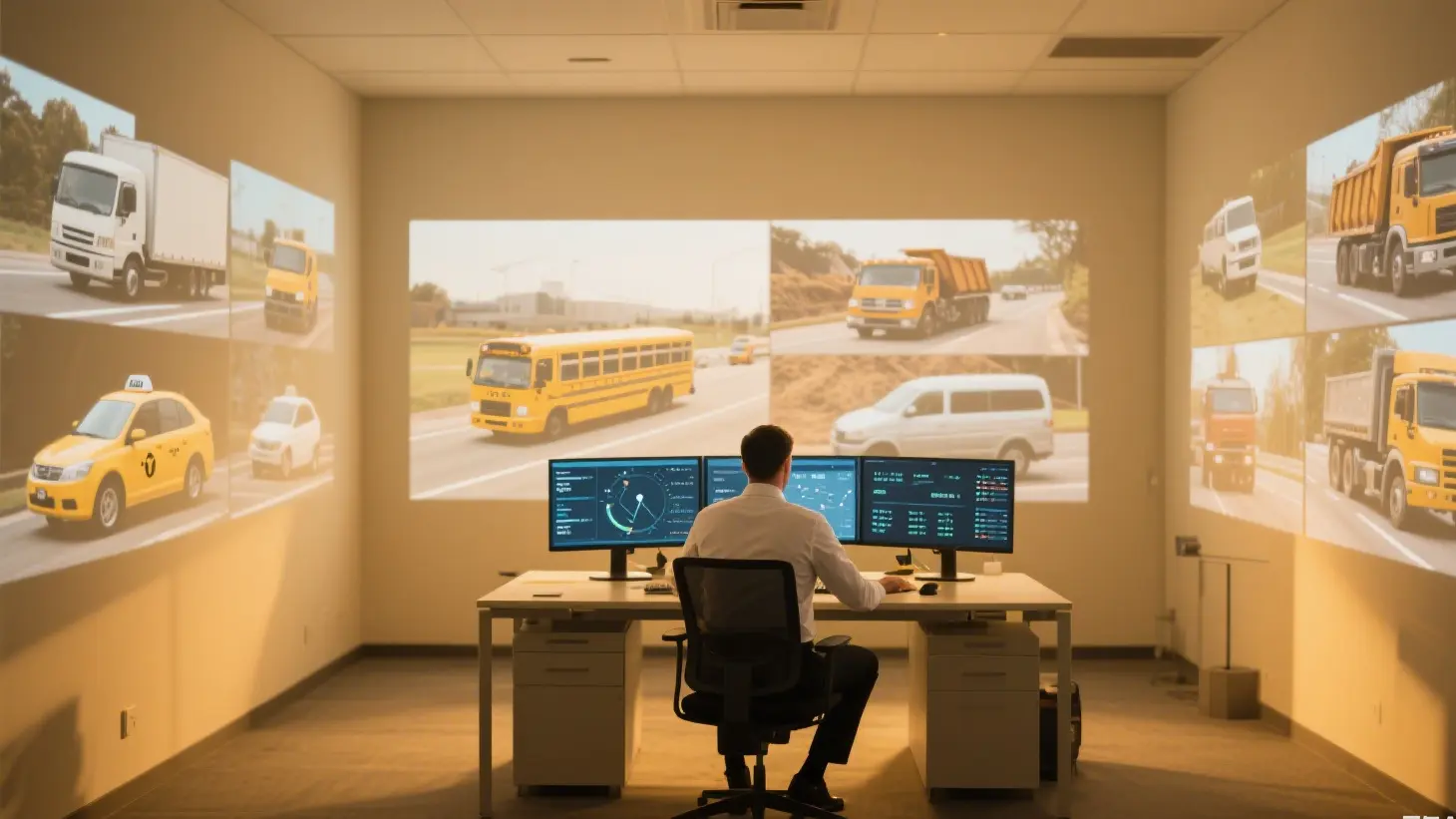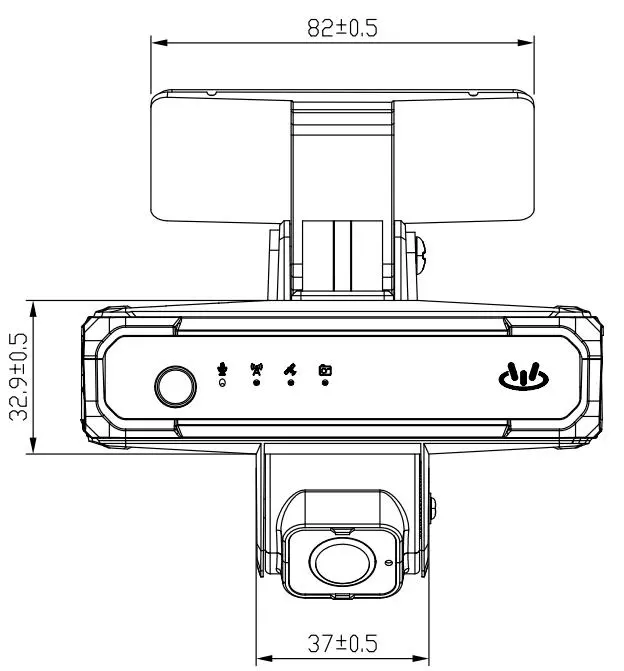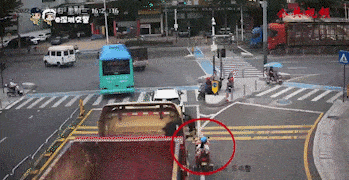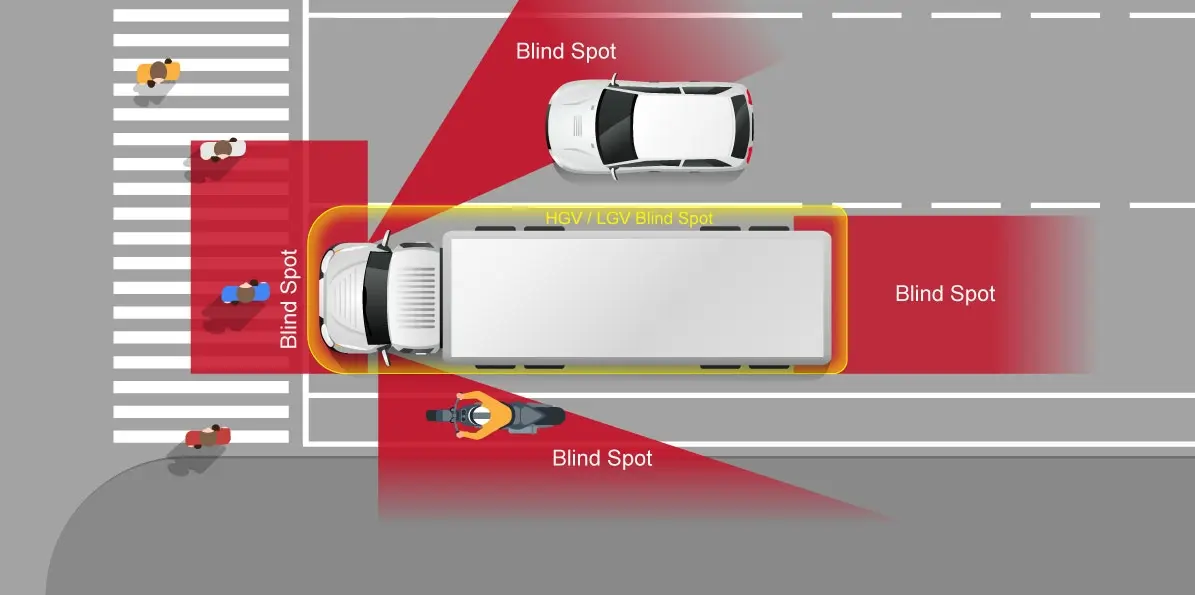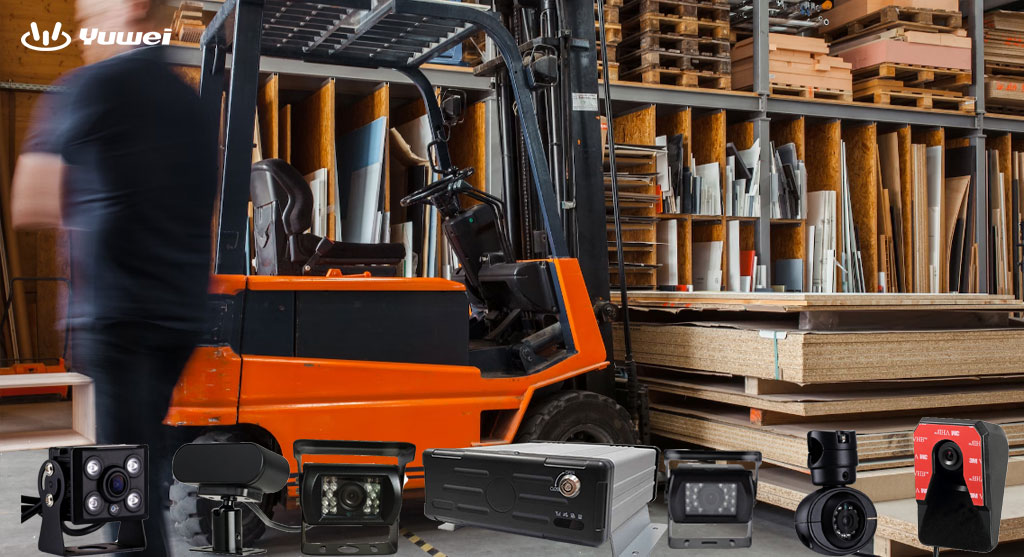Cost of Blind Spot Monitoring
Blind Spot Monitoring cost
As a commercial fleet manager, do you often face these challenges?
① Large vehicles have multiple blind spots, making lane changes and turns prone to “phantom” accidents, resulting in frequent insurance claims and legal disputes.
② Driver fatigue or distraction increases human error, leading to higher accident rates.
③ Accidents affect fleet reputation and delivery punctuality.
④ New traffic regulations are tightening requirements for commercial vehicle blind spot monitoring—non-compliance may result in fines or operational restrictions.
To address the large size and multiple blind spots of commercial vehicles, our Blind Spot Monitoring System (BSMS)uses a “Radar + Camera + Intelligent Alarm”triple-layer protection, empowering fleets in terms of safety, efficiency, and cost.
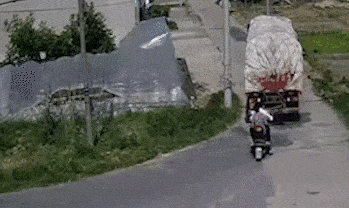
The Blind Spot Problem for Commercial Fleets
Commercial vehicles (trucks, vans, buses, etc.) have extensive blind spots:
① Side and rear blind spots can exceed 10 meters, making pedestrians and cyclists easy to overlook.
② Inner-turn blind spots may scrape nearby pedestrians or obstacles.
③ Rain, fog, or strong sunlight limits the field of view of traditional mirrors, doubling accident risk.
Industry data:Blind spot accidents account for over 35% of commercial vehicle incidents, with average single-accident losses (repairs + insurance + downtime) ranging from ¥49999–199999. If casualties are involved, compensation and legal costs are even higher.
More importantly:Accidents hit the wallet, but even more, they damage reputation. Logistics clients have strict safety and timeliness requirements—one accident can end long-term cooperation.
Commercial Fleet Blind Spot Monitoring Solutions
We offer two customized solutions tailored to commercial vehicle characteristics:
1. Economical & Efficient Model ($199–499 per vehicle)
① “Safety Entry-Level Package” for Small-to-Medium Fleets
② Suitable for:Urban delivery trucks, medium-sized vans (≤12 meters), short-haul logistics fleets.
③ Configuration:77GHz dual radar (covering left and right rear) + dual indicator lights + buzzer + mirror linkage.
Advantages:
① Accurate Detection:50m detection range (2× passenger car), 0.1m precision, distinguishes pedestrians from vehicles.
② Intuitive Alerts:Left/right independent lights + graded buzzer, no need for drivers to look down, reducing distraction.
③ Quick Installation:Plug-and-play, single vehicle ≤1 hour; bulk installation (100+ vehicles) with on-site service, minimal downtime.
Case Study:A city delivery fleet saw side/rear lane change accidents drop from 8% to 1.2% within three months of installation. Insurance payouts decreased by 42%, and “blind spot anxiety” complaints from drivers fell by 60%.
2. Flagship All-in-One Model ($500–800 per vehicle)
“Safety + Efficiency Upgrade” for Large Fleets
① Suitable for:Long-haul trucks (≥16 meters), articulated buses, construction transport vehicles (e.g., dump trucks).
② Configuration:77/79GHz millimeter-wave radar (dual front + dual side/rear) + 360° surround-view camera + in-vehicle central control screen + ADAS alerts (lane departure, forward collision).
Advantages:
① Full-Scenario Coverage:Front radar + camera monitor inner-turn blind spots; side/rear radar covers 25–80m, with 360° cameras providing real-time footage. Supports enhanced mode in rain/fog (error ≤0.2m).
② Data-Driven Management:Automatically generates blind spot risk reports (e.g., missed alarms per driver) for training optimization. Accident data is traceable, reducing insurance claim disputes.
③ High Durability:Corrosion-resistant aluminum radar casing, IP68 waterproof (withstands heavy rain, high-pressure car washes), suitable for construction vehicles in outdoor operations.
Case Study:A cross-province logistics fleet installed the system on 100 long-haul trucks. Annual accidents fell from 15 to 3, delays dropped 75%, and client satisfaction increased 28%. Risk reports optimized driver training, reducing annual training costs by ¥120,000.
For commercial fleets, accident losses are not just monetary—they also affect reputation and client trust. A blind spot monitoring systemacts as a “safety lever”, enabling fleets to use a limited budget to significantly reduce accident rates, lower operational costs, and improve customer satisfaction.
Email:hello@yuweitek.com

















